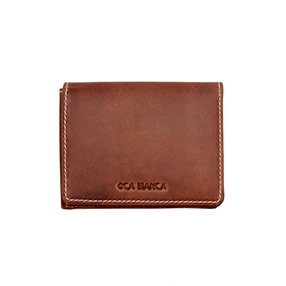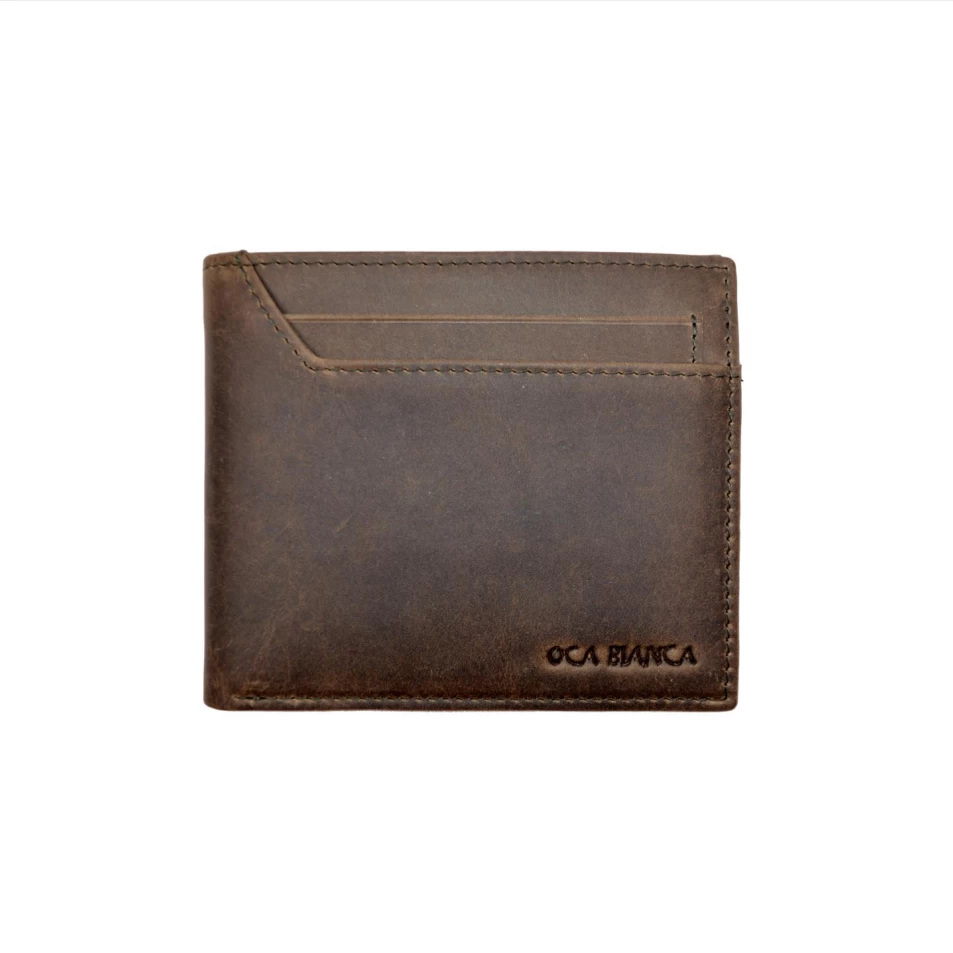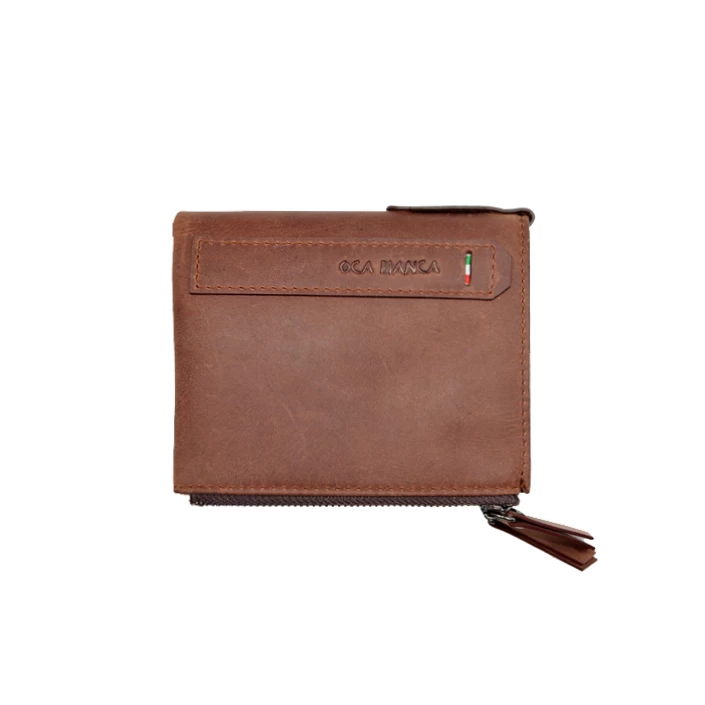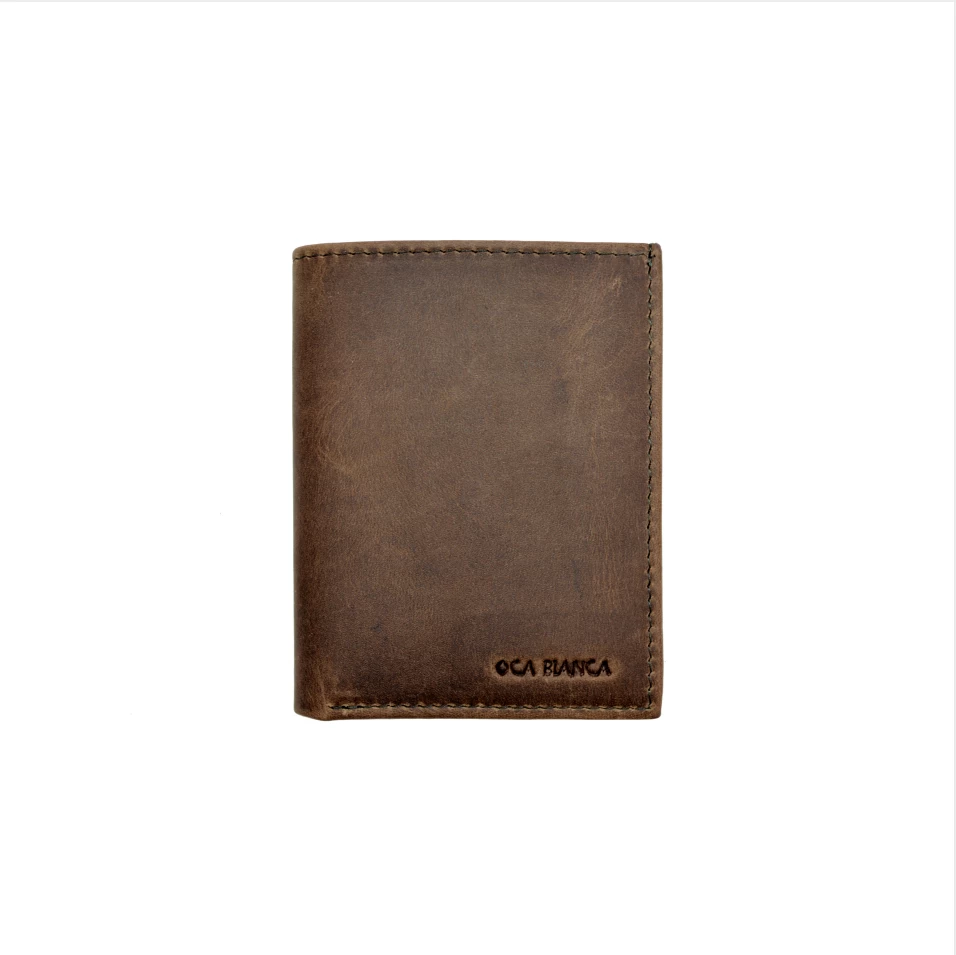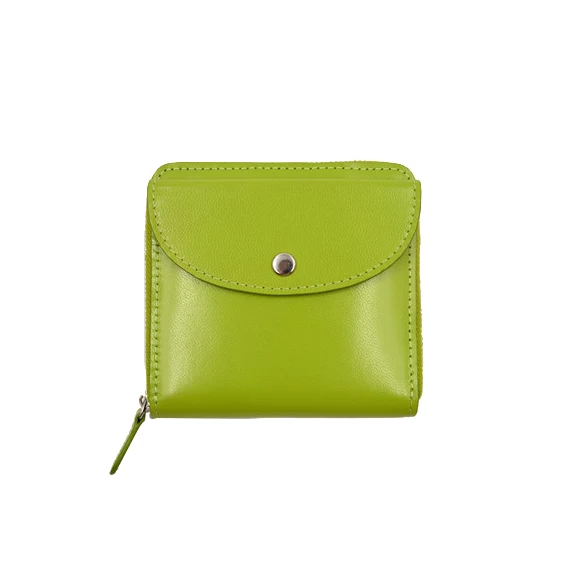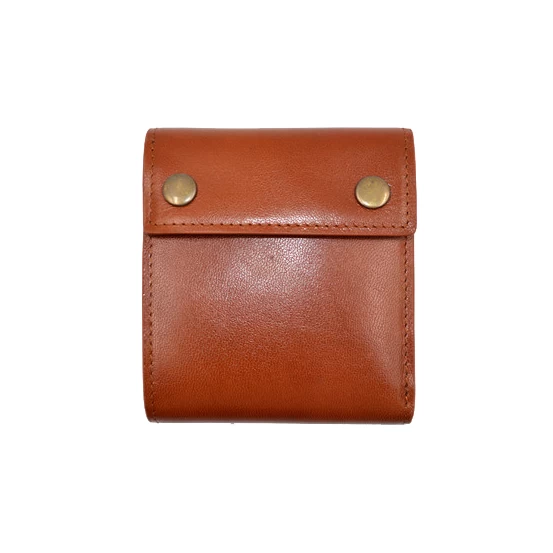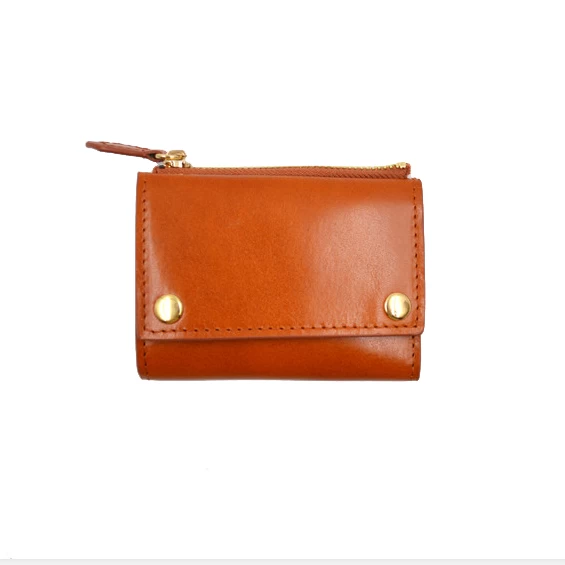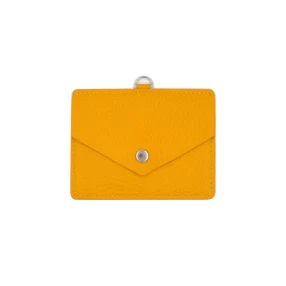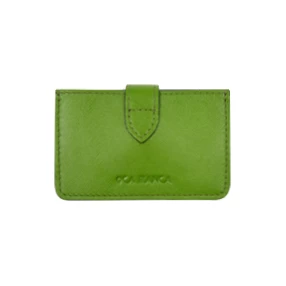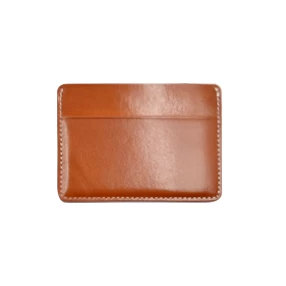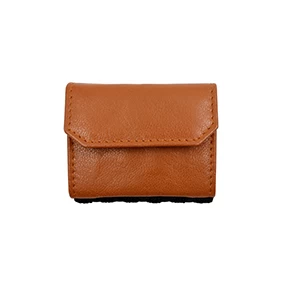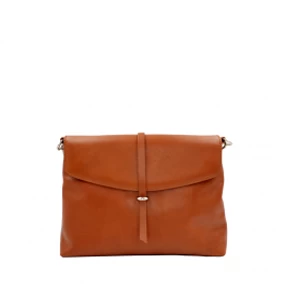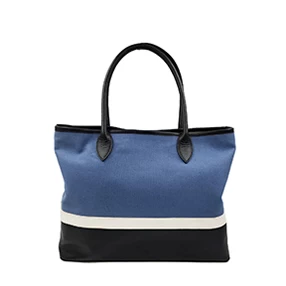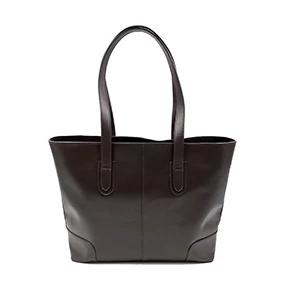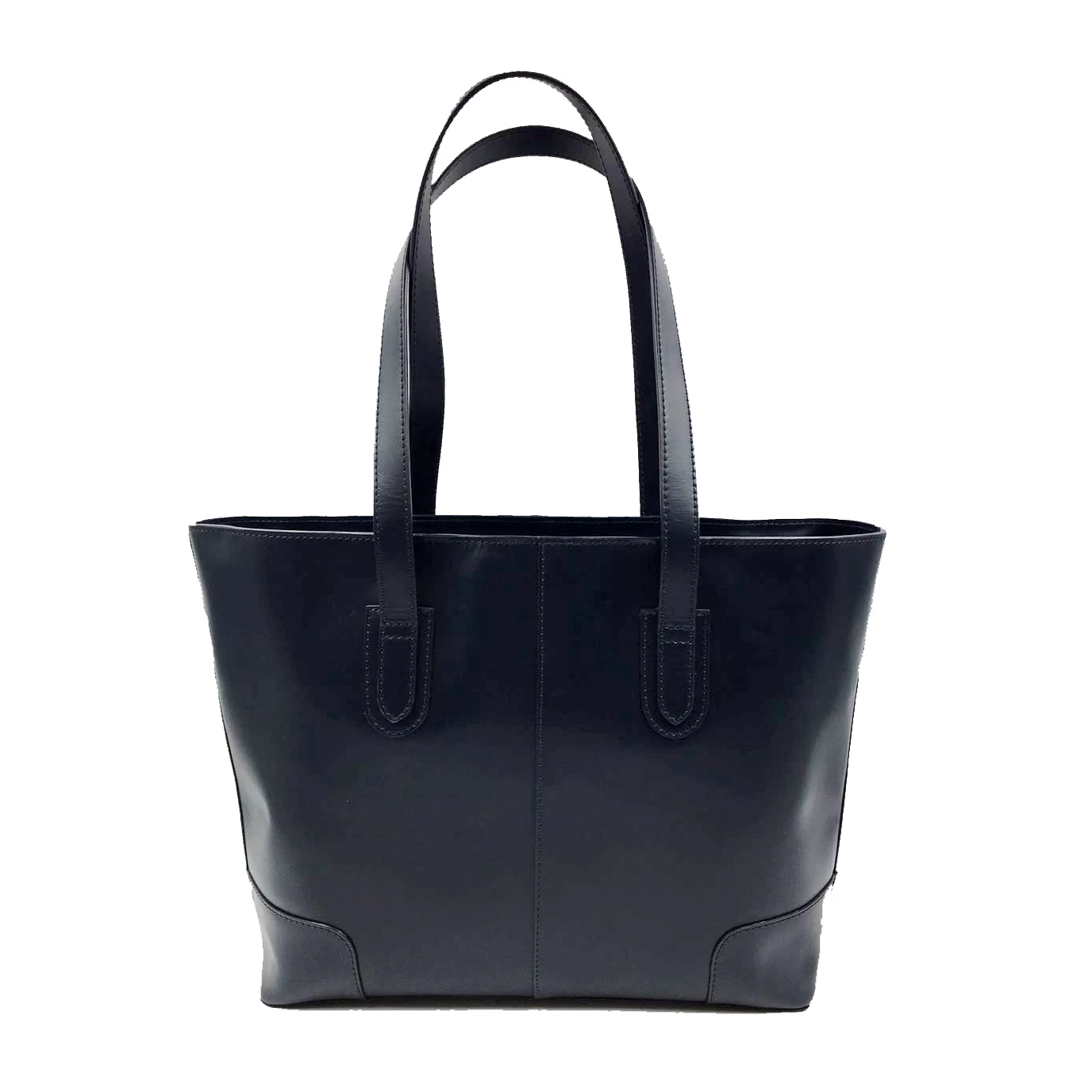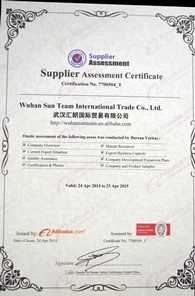“Crust” Leather
Cara
www.walletwmazon.com
2018-01-08 10:49:38
These dyes, called aniline, are able to easily soak through the absorbent “crust” (tanned, un-dyed leather) and permeate your leather from front to back as the leather is saturated in large drums. Once absorbed, these dyes do not bond with the fibers that make up your leather; instead, these dyes float freely within the fiber bundles. This allows the dyes to travel, which describes what happens when you press your finger hard on a leather surface and see the space underneath lighten in color – only to turn back again as you smooth the leather out. This also means that wet leather can lose dyes, as water moves in and flushes aniline molecules out from their fiber bundles. So keep that leather protected.

Leather may also be treated with finish – a pigmentation offering both aesthetic complement and a layer of protection against impurities. The inclusion of these pigments is what marks the great divide between finished and unfinished leather: finished leather containing these pigments, and unfinished leather lacking them. There’s a spectrum between finished and unfinished leather, and much of that will be decided before your leather ever arrives in your hands. But there are ways you can change the degree to which your leather is finished, too! So what are the distinct advantages between these different types of finish, and how can I tell them apart? We are so going to answer the heck out of this question for you.


Leather may also be treated with finish – a pigmentation offering both aesthetic complement and a layer of protection against impurities. The inclusion of these pigments is what marks the great divide between finished and unfinished leather: finished leather containing these pigments, and unfinished leather lacking them. There’s a spectrum between finished and unfinished leather, and much of that will be decided before your leather ever arrives in your hands. But there are ways you can change the degree to which your leather is finished, too! So what are the distinct advantages between these different types of finish, and how can I tell them apart? We are so going to answer the heck out of this question for you.








